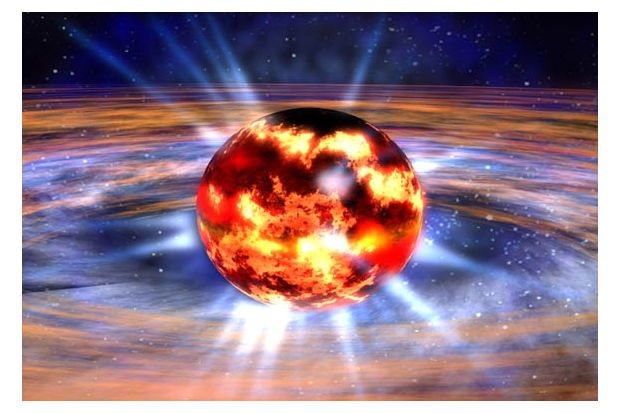| Authors | H. R. Moshfegh and M. Ghazanfari Mojarrad |
|---|---|
| Journal | J. Phys. G |
| Page number | 085102 |
| Volume number | 38 |
| Paper Type | Full Paper |
| Published At | 2011 |
| Journal Grade | ISI |
| Journal Type | Typographic |
| Journal Country | United Kingdom |
| Journal Index | ISI |
Abstract
On the basis of the Thomas–Fermi approximation as a semi-classical mean-field method, the equation of state at finite temperature for different structures of baryonic matter such as symmetric and asymmetric nuclear matter, pure neutron matter and beta stable matter is determined by using the extended phenomenological nucleon–nucleon interaction of Seyler and Blanchard, presented by Myers and Swiatecki (1990 Ann. Phys. 204 401; 1996 Nucl. Phys. A 601 141). By performing the functional variation of total free energy with respect to the occupancy distribution in phase space to reach the minimum conditions of total free energy, we have obtained expressions for effectivemasswhich is only density dependent and effective one-body potential which has both density and temperature dependences. Accordingly, an explicit form of the distribution function can be derived. In our statistical approach, the thermal properties of these dense structures are studied. The quantities such as free energy, energy, entropy and the pressure are calculated as the functionals of the distribution function for given temperature and density. Special attention is also paid to the investigation of the critical behavior of these systems. As a result, the critical temperature and critical exponent of symmetric nuclear matter are found while there is no phase transition in the pure neutron matter and beta stable matter. Our results are in good agreement with experimental predictions and other theoretical investigations.

